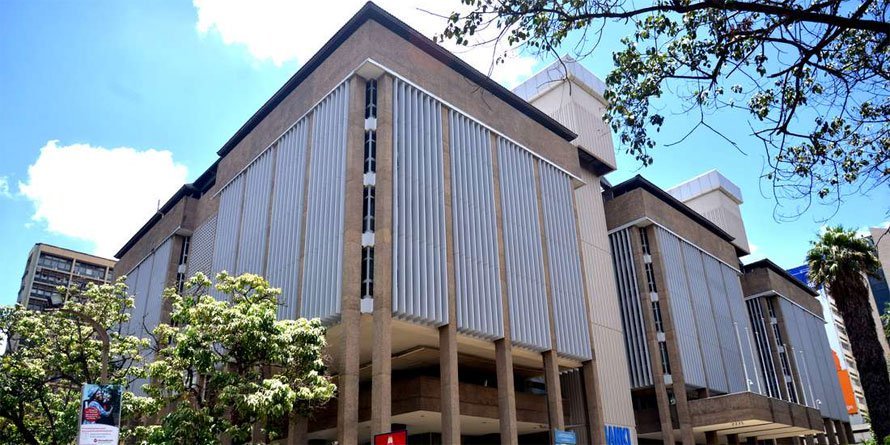Protecting small borrowers from the impact of Corvid-19 is a good thing.
Businesses can only thrive in a stable environment and where changes in the law are predictable.
In April last year, the government suspended listing of a category of borrowers for six months and set the minimum threshold for negative credit information to CRBs at Sh 1,000.
Central Bank of Kenya. FILE PHOTO | NMG I am appealing to President Uhuru Kenyatta to reconsider his latest order on credit reference bureaus (CRBs).
Plainly, it amounts to an order to credit rating bureaus to erase from their records the default history of all lending falling below Sh5 million.
It also amounts to an order to lenders not to inquire about information on this category of defaulters. We are slowly but gradually breaking the CRB business model. It started with denying digital lenders access to CRB data and stopping these institutions listing categories of small borrowers.
I must confess that I supported the move on digital lenders. These Merchants of Venice operated with opacity and with no mechanisms for customer complaints. But the unintended consequence was that we started to gradually degrade the CRB product.
Protecting small borrowers from the impact of Corvid-19 is a good thing. But must we do it when what we end up with is creating confusion in our credit markets? Can’t we see that we risk undermining a framework for exchanging credit information that has been working fairly well since 2010?
Businesses can only thrive in a stable environment and where changes in the law are predictable. In April last year, the government suspended listing of a category of borrowers for six months and set the minimum threshold for negative credit information to CRBs at Sh 1,000.
On Wednesday, the President issued new edicts. We are headed to a situation where credit information sharing will no longer be meaningful.
When you leave out a category of borrowers out, how will CRBs manage to aggregate all the borrowing that a customer has done from multiple institutions — for example, a bank, a digital lender and a sacco.What is the point of credit information sharing when a CRB is not able to have a single view of a customer? This thing is being degraded to the point where it is no longer going to be useful for credit decisions.And it terms of access to credit to the small borrowers and SMEs,what we are doing […]
